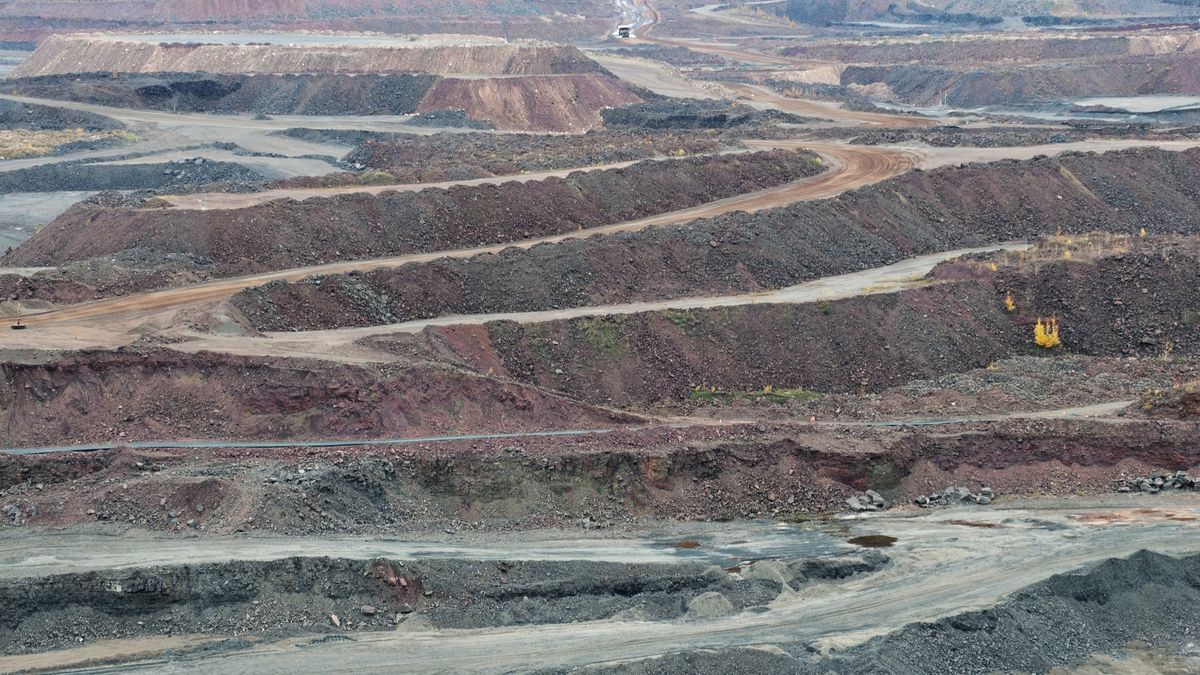Researchers have hit on what could be the largest reserve of helium in North America at a drill site in Minnesota.
Resource exploration company Pulsar Helium, Inc. has a drilling rig located just outside of Babbitt in an iron-ore mining district known as the Iron Range, which stretches 175 miles (280 kilometers) across northern Minnesota. The rig first broke ground at the beginning of February and made the discovery just over three weeks later, as the drill reached a depth of 2,200 feet (670 meters) in the early hours of Feb. 28, according to a statement.
“This is an outstanding result,” Thomas Abraham-James, the president and CEO of the company, said in the statement. “It is a big day for helium exploration, confirming the original discovery in the new jurisdiction of Minnesota.”
Whether the site could support a full service extraction plant and supply large quantities of helium depends on the size of the reservoir, which is still being assessed. Nevertheless, the find could be one of the most significant in the world thanks to extremely high and unparalleled concentrations of helium, Abraham-James told CBS News.
Related: Massive hydrogen reservoir discovered beneath an Albanian mine could be an untapped source of clean energy
Helium is a colorless, odorless and tasteless gas found beneath Earth’s crust along with other natural gases. Despite being the second most abundant gas in the universe, helium is scarce on our planet, forming only as a product of nuclear fusion and through radioactive decay of uranium and thorium.
To be considered for commercial extraction, the concentration of helium in natural gas must be above 0.3%, according to the American Chemical Society. Concentrations measured between 1,750 and 2,200 feet (530 to 670 m) deep at the drill site in Minnesota knocked the ball out of the park at 12.4%.
That number “is just a dream,” Abraham-James told CBS News. “It’s perfect.”
Perfect — but for what? Helium is highly sought-after, not just to inflate balloons, but also as a crucial cooling component in rockets, nuclear reactors, superconductors and medical diagnostic equipment, such as magnetic resonance imaging (MRI) machines.
Growing demand for helium is quickly depleting known reserves, which has driven companies to scour the globe for untapped deposits. In the U.S., which has long been one of the world’s leading exporters of helium, reserves are found primarily in the Texas panhandle and in Kansas. Other suppliers are now overtaking the U.S., however, including Russia, Qatar and Tanzania, where Abraham-James and colleagues discovered a massive helium gas field in 2016.
Further research is scheduled at the drill site in Minnesota to determine if the helium stored underground can be extracted. The verdict is expected by the end of this year.
“It’s not just about drilling one hole, but now proving up the geological models, being able to get some really good data that wasn’t captured in the original discovery,” Abraham James told CBS News.


